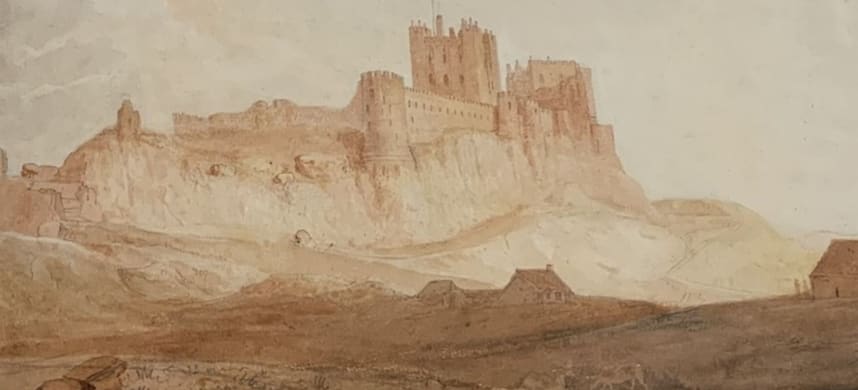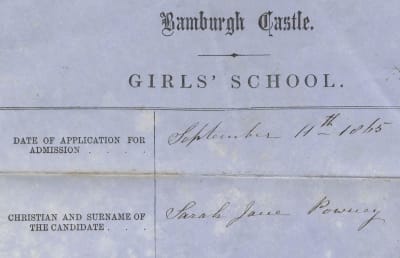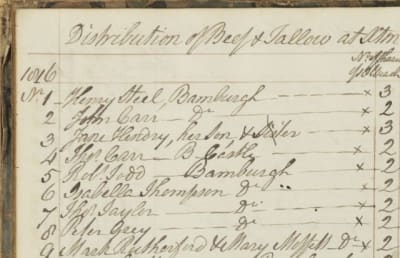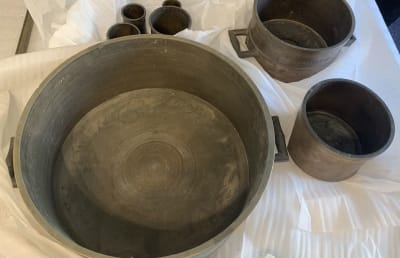Bamburgh Welfare State

In 1758 John Sharp was made a trustee (on the death of his father, Thomas Sharp). He proposed that the Keep at Bamburgh Castle be repaired so as to enable the manorial courts to be held again. As well as earning the Charity fees, that had been foregone in the decade the court had not sat, the rooms were made available for a school when not needed for legal business.

Bamburgh School
A girls’ school was added shortly afterwards and three additional rooms were fitted out to allow one room for each school and one for the school mistress. In the short term the school master was only provided with free bedding, allowing him to bed down where he could, but a room was eventually provided for him also. By the 1760s the Boys’ school had expanded sufficiently for a second master. Linking to the work for seafarers, subjects taught included Navigation as well as English, Latin, Greek, Writing and Mathematics. Around the beginning of the 19th century there was a boarding school, initially for 12 poor girls, later increased to 30, between the ages of 7 and 9, being taught reading, writing, knitting and spinning as well as cooking and waiting at table.

Cheap Shop
Due to the very high price of corn, between 1766 and 1847, the Trustees bought corn from their farm tenants to store in the castle and sell to the poor at a subsidised rate. Later a windmill was constructed for grinding the corn and a meal shop opened selling the ground corn. Ultimately there were two granaries in the castle and two in the village, selling wheat, peas, beans and barley two days each week to poor people from a forty mile radius. A cheap shop was opened to sell candles, butter, pepper, blue, pins, alum and rice continuing until 1861. Later there was a slaughter house to provide meat for the poor during the winter.

Weights & Measures
As a service for the manor, the trustees invested in a standard set of weights and measures, which enabled local tradesmen to bring their weighing appliances to the castle to be checked, receiving an official stamp.
In 1772 a surgeon was employed to tend to the poor with the help of a nurse. This enterprise was successful enough for it to grow into a small hospital, equipped with a set of surgical instruments. The castle’s well was used to provide a system of both hot and cold baths as well as a sea water bath and a tumbling bath, which provided overhead water. There were also two midwives.
All of this charitable work was delivered alongside the Charity’s continuing augmentation of poor livings, building churches and parsonages and providing schools. Their concern for the health of the poor extended beyond Bamburgh, including inoculating children against smallpox in other parishes where they had interests. ‘Poor and Industrious’ persons were set up in small businesses.
Between 1825 and 1828 grants were made to forty schools, in addition to those run by the Charity.

